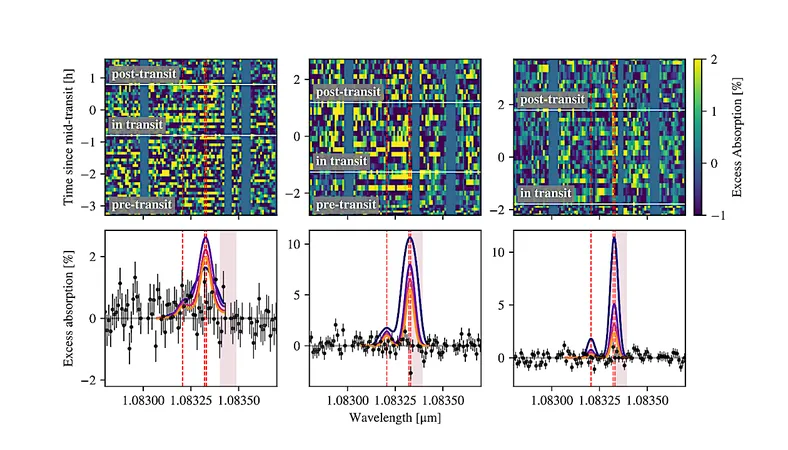
Revolutionary Breakthrough: Light-Induced Hydrogen Splitting at Room Temperature!
2025-09-04
Author: Ming
A Game-Changing Discovery in Hydrogen Chemistry
In an astonishing new study published in *Science*, a dynamic research team, spearheaded by Prof. Wang Feng from the Dalian Institute of Chemical Physics (DICP), in collaboration with Prof. Paolo Fornasiero from the University of Trieste, has unlocked the long-elusive secret to light-induced heterolytic hydrogen dissociation at ambient temperatures.
Hydrogenation: The Heart of Chemical Processes
Hydrogenation is a fundamental reaction that fuels approximately 25% of all chemical processes. At the core of this reaction lies the critical step of hydrogen gas (H2) dissociation, which usually occurs via two pathways: homolytic and heterolytic. While homolytic dissociation has its uses, heterolytic dissociation generates reactive polar H2 species that are essential for selectively reducing polar functional groups, making it a highly coveted method in producing fine chemicals.
Tackling Challenges in High-Temperature Processes
Traditionally, heterolytic H2 dissociation has required high temperatures and pressures, incurring hefty energy costs and raising safety concerns. However, this new study introduces a groundbreaking approach that harnesses the power of light.
Harnessing Light for H2 Dissociation
Utilizing a gold-loaded titanium dioxide (Au/TiO2) photocatalyst, the researchers demonstrated that ultraviolet (UV) light can energize the process. When exposed to UV irradiation, electrons shift from the titanium dioxide to gold nanoparticles, while holes accumulate at the interfaces formed by Au–O–Ti scaffolds. This clever arrangement facilitates the creation of electron-hole pairs, which effectively drive the heterolytic dissociation of hydrogen.
Exciting Results: From CO2 to Ethane!
The implications of this research are enormous. The team successfully reduced inert carbon dioxide (CO2) into ethane at ambient temperatures, achieving remarkable results. Following the initial reaction, they demonstrated an efficient conversion of ethane into ethylene, yielding over 99% efficiency after 1,500 hours of UV exposure.
A Bright Future Ahead
This light-induced H2 dissociation is not limited to just one type of photocatalyst; it can be applied to a variety of visible-light-responsive materials, including Au/N-doped TiO2 and Au/BiVO4, achieving up to 90% selectivity for ethane during solar energy-driven CO2 conversion.
A New Era for Chemical Manufacturing?
Prof. Wang remarks, "This pioneering research paves the way for producing high-value chemicals like ethane and ethylene from H2 and CO2 under ambient conditions. It holds the promise of reducing energy costs and carbon emissions significantly." With aspirations to transition this strategy into a scalable, sunlight-driven technology, the future of the chemical industry could be brighter—and greener than ever.



 Brasil (PT)
Brasil (PT)
 Canada (EN)
Canada (EN)
 Chile (ES)
Chile (ES)
 Česko (CS)
Česko (CS)
 대한민국 (KO)
대한민국 (KO)
 España (ES)
España (ES)
 France (FR)
France (FR)
 Hong Kong (EN)
Hong Kong (EN)
 Italia (IT)
Italia (IT)
 日本 (JA)
日本 (JA)
 Magyarország (HU)
Magyarország (HU)
 Norge (NO)
Norge (NO)
 Polska (PL)
Polska (PL)
 Schweiz (DE)
Schweiz (DE)
 Singapore (EN)
Singapore (EN)
 Sverige (SV)
Sverige (SV)
 Suomi (FI)
Suomi (FI)
 Türkiye (TR)
Türkiye (TR)
 الإمارات العربية المتحدة (AR)
الإمارات العربية المتحدة (AR)